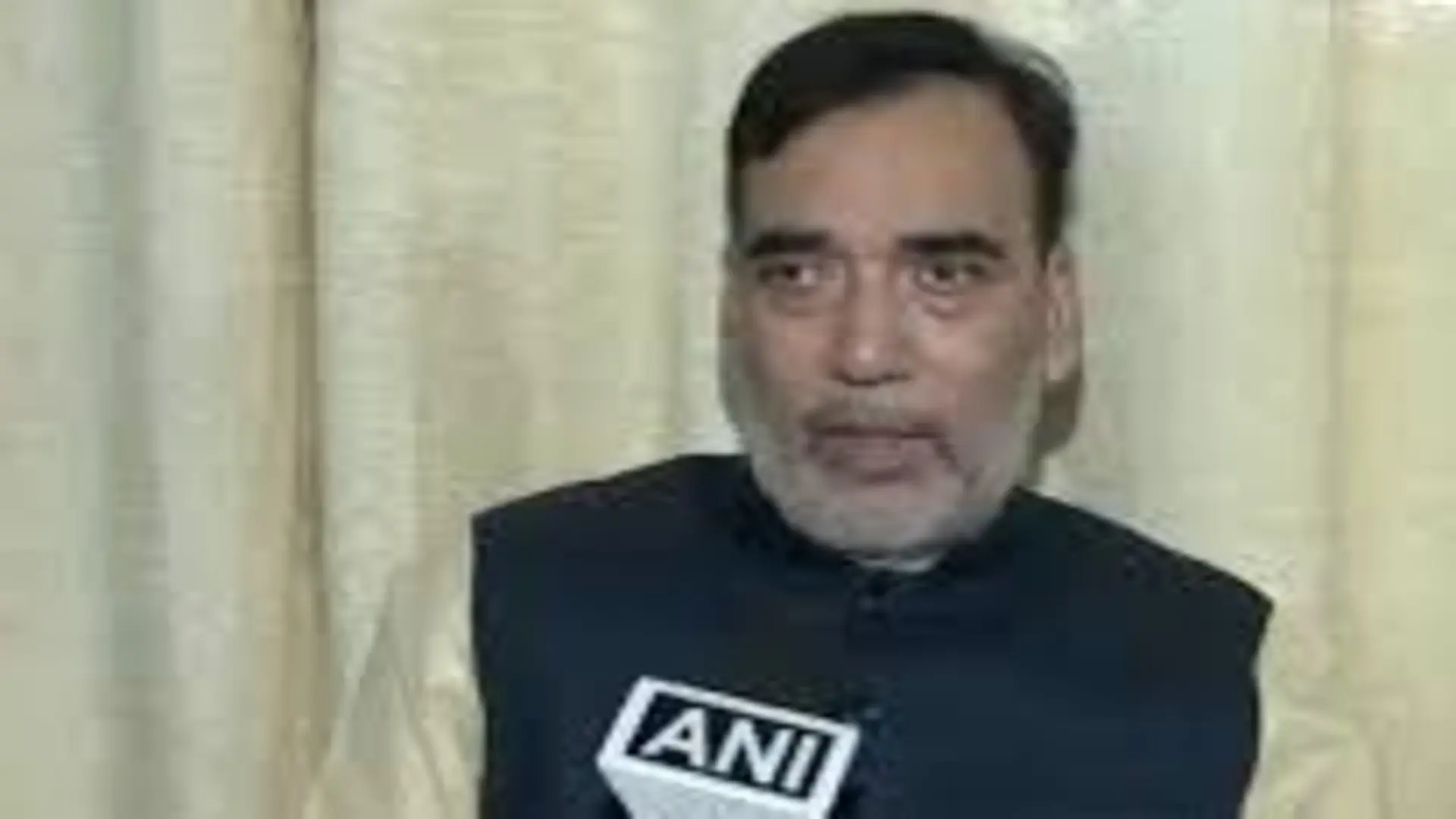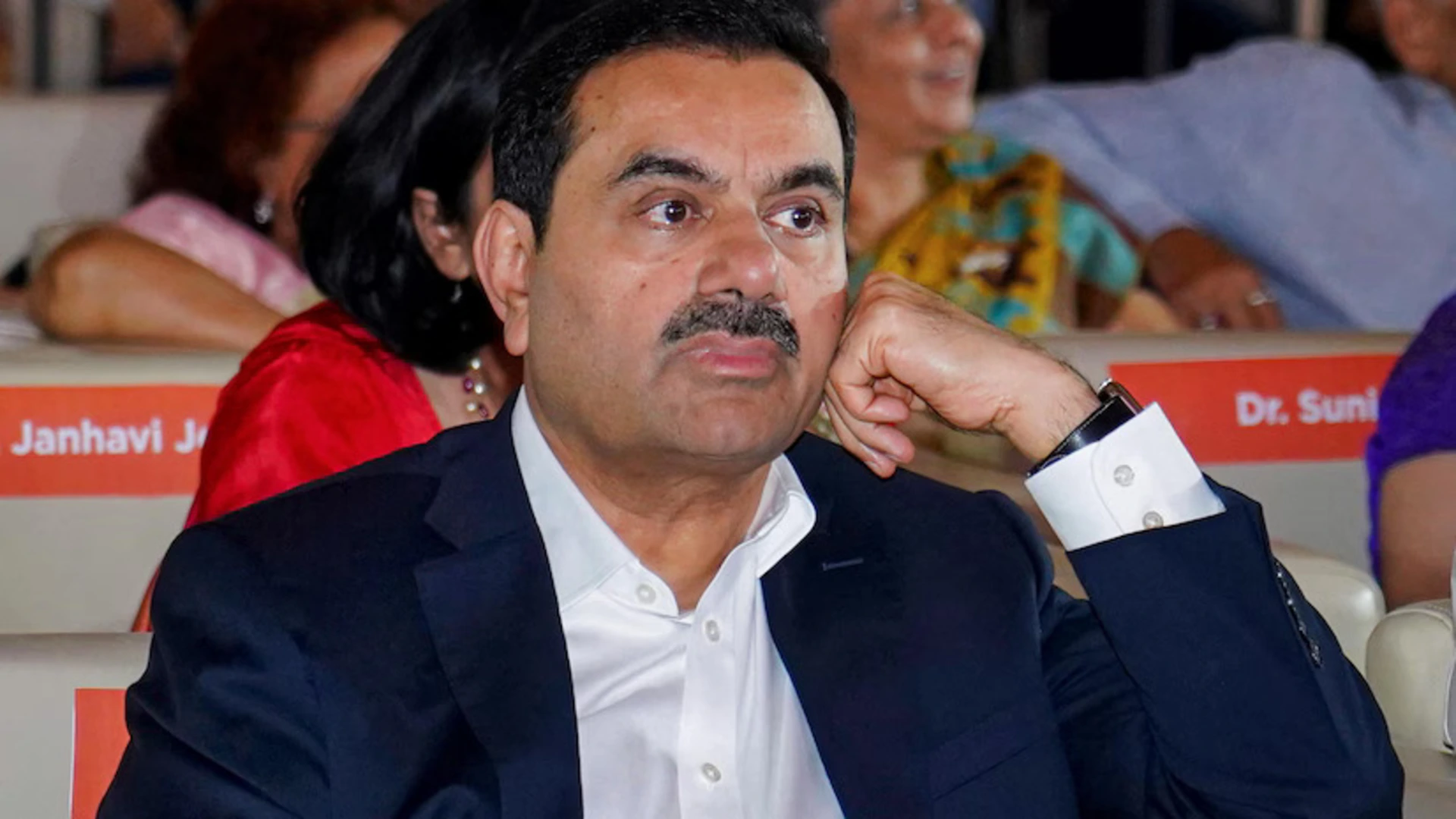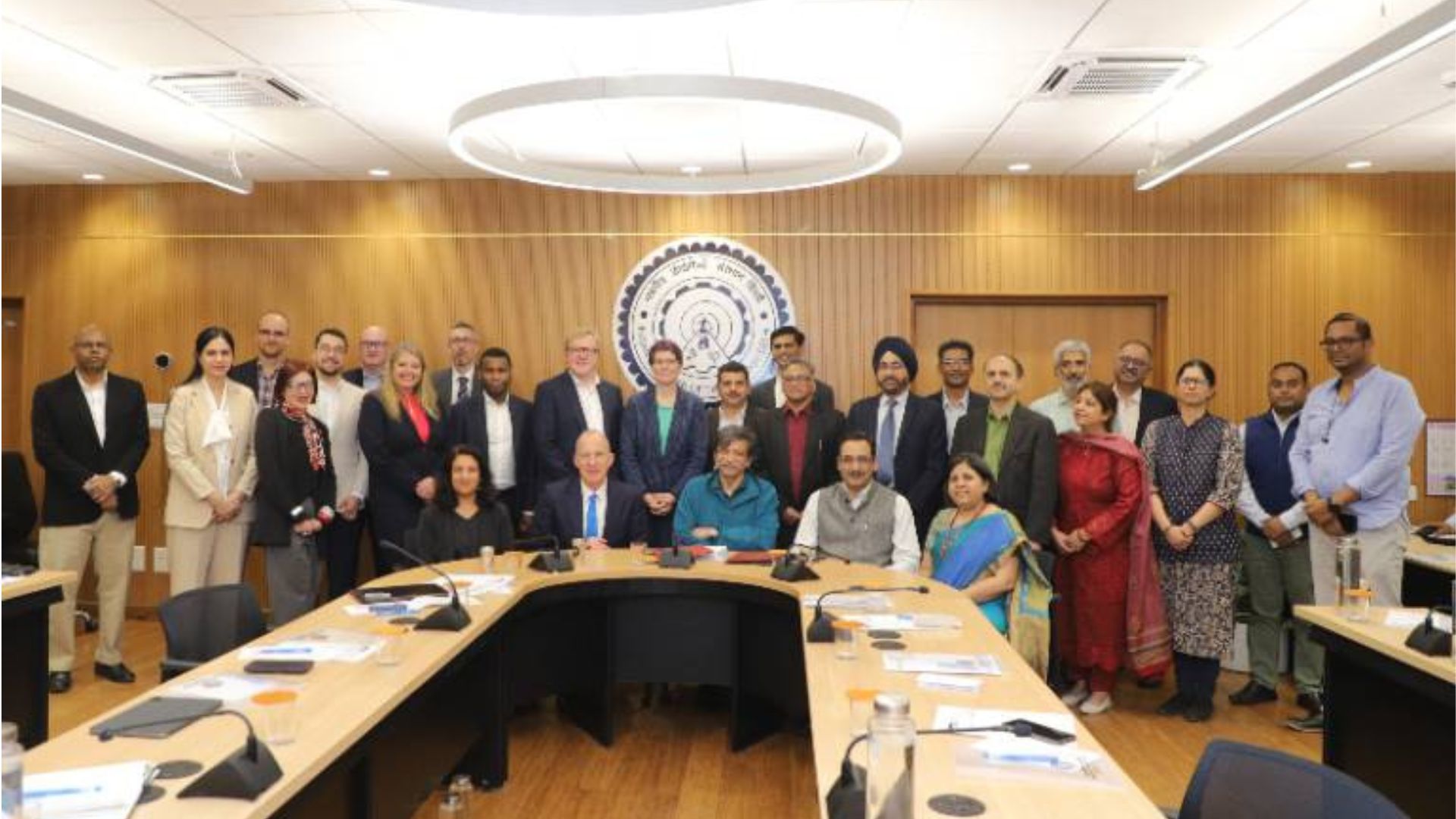
INTRODUCTION
Just one year of the Pandemic, and the impact of COVID-19 on the Indian Judiciary was very apparent, and now, almost two years later from the initial ‘hit of the pandemic’, the judiciary is finding itself entangled in a very difficult position. As per a report by the NJDG, the pendency of cases which stood at a figure of 3.8 Corers prior to Lockdown (March 2020), has as of April 2021 shot-up by 4.4 Crores in terms of just fresh cases before the judiciary, without including the appeals & revisions or matters pending before tribunals. Thus, in terms of fresh matters only, the pandemic has added a whopping 1 Crore of cases, even despite the fact that for most of the lockdown, CIRP stood suspended and the overall number of sanctioned judges increased in strength along with the hit-and-miss convivence of virtual hearings. Thus, it isn’t surprising to see the CJI pleading for Mediation & Alternative Dispute Resolution as the norm and an overall Supreme Court on its toes with the Tribunals Reforms Act. Uncannily within this huge backlog of cases, it is the Government of India who is the biggest litigator of the majority of cases, as much as 46% of the total cases. Thus, lately, emphasis has been laid on working out a National Litigation Policy to break this vicious cycle of litigation of a compulsive government.
NATIONAL LITIGATION POLICY
“I may be a fool but the Courts will hear me” is a widely known expression that conveys that no matter how frivolous the litigation may be, the Courts will still devote their undivided attention to hear it unbiased. While this may be a vital claim for an aggrieved individual, but it doesn’t sit-well when the Government continues contesting litigation just because a decision is not to its liking, as it robs the sheen of a democratic system that prides in not just speedy justice but also avoiding embroilment of its people in litigation frivolously, not to mention the expenditure that has to be borne by the public exchequer.
Keeping this in mind, a National Litigation Policy (NLP) was envisaged first in 2010 as an attempt to bring down the average pendency of 15 years to 3 years by rehabilitating the Government’s antecedents of pursuing frivolous litigation. The NLP provided a framework that broadly focused on four main areas to address the pendency of litigation, namely, the Appeals & Pleadings themselves, the Code of Ethics, the predominant practice of Adjournments & prolonging litigation and exploration of ADR.
The NLP foremost strictly required the government to refrain from contesting litigation at the appellate level as a routine unless there is a patent error or a question of law involved. Appeals should especially be avoided for matters pertaining to revenue or service if the stakes are not high or too adverse. But it failed to provide the yardstick for the expression ‘high-stakes’ & ‘question of law’ and left it up to the whims of the government, who had already tasted the blood. Its other requirement of pleadings to be clear and precise was also far too vague to hold any meaning whatsoever. Furthermore, the NLP imposed certain etiquettes to be kept by Government Counsels and established Committees & Nodal Officers in each government department to exercise a check on its counsels & implement the policy. But while it provided that the possibility of disciplinary actions against those in its violations, no powers or procedure was established to take action. The NLP also frowned up-on the practice of routine adjournments and engaging in extensive by contesting matters beyond the statutory limitation but its measures to abstain from the same were suggestive & persuasive at best. Lastly, the NLP also nudged the Government to adopt Alternative Dispute Resolution Mechanisms to cut-back on litigation but unfortunately, this seemingly good solution was largely ignored and is yet to be implemented extensively.
However, the NLP remained only as a ‘paper-opportunity’ with laudatory objectives of curbing litigation without any meaningful results. Its failure was owed to its vague standards that did not enshrine any actual accountability to keep the government departments on its toes and its overshadowing ambition over implementation. Even the Courts have, over-the course of time, lamented over the failed deliverance of the NLP at several instances (Union of India v. Pirthwi Singh (2018) 16 SCC 363.
REIMAGINING THE NEW NATIONAL LITIGATION POLICY WITH THE DOCTRINE OF STATUTORY STARE-DECISIS
The sheer vacuum of any change by the NLP of 2010 over the Government’s praxis of pursuing litigation has in fact uncannily culminated into yet another litigation in the form of a PIL before the Hon’ble Delhi High Court regarding the implementation of the NLP (CVN Bhaskar Rao, CPIO, Union of India & Ors. v. Central Information Commission 2020 W.P. (C) 10526/2020) wherein the Centre has expressed that a revised National Litigation Policy is in the pipeline.
Given the precarious situation created by the pandemic and an overtly angry Judiciary over the Tribunal Reforms Act, there is a lot riding on the New National Litigation Policy (NNLP) to bring forth. The New Policy should foremost avoid its previous pitfall of a ‘passive approach’ with rhetoric & meaningless phraseology in favor of some overt & substantive measures to meet its ends. It should consider establishing a ‘Litigation Ombudsman’ and a ‘Grievance Redressal System’ as previously suggested by the Law Commission of India with the necessary powers to not only inquire into the ongoing litigations but to also withdraw the same and take disciplinary actions against those violating the New Policy. An individual complaint mechanism should also be created so that those being unnecessarily harassed with litigation can reveal the misbehaving government officials and fasten accountability. It should double-down on adopting ADR mechanisms in government departments & undertakings. Most importantly, it should provide a Realizable & Tangible Assessment Mechanism with detailed benchmarks for pursuing litigation.
However, it is pertinent to note that all of these measures already did exist in different shades within the 2010 National Litigation Policy, and yet they were unable to fulfil their object and because of this, apprehension and worry still looms over whether the new policy would be able to make a dent or will it just be yet another ad-lib policy.
While the Government does share the blame in initiating frivolous litigation, what has gone unnoticed is that the majority of the pendency comprises of cases filed against it. Thus, the major problem with the NLP was not its failure in roping responsibility on the government but rather of resolving disputes with repletion. It is for this very reason it becomes all the more important for the Courts & Tribunals to also play their part and shake things-up by borrowing a well-known doctrine from the Supreme Court of United States, the Doctrine of Statutory Stare-Decisis. If the Government continues being reluctant for litigation, then it should necessarily be the Courts & Tribunals who should take the initiative of probing their perception that frivolous litigation would be entertained; and they can do so by reading the aforesaid Doctrine.
The Doctrine of Statutory Stare-Decisis simpliciter means that the Court is to exercise its powers of interpreting a legislation ambiguity only once, its interpretation would consequently gain a special status of a binding precedent, and thereafter it will not be amenable to revisit interpretation unless its position is subsequently either altered by the legislative by enactment or its application would be practically impossible. This is based on the principle that a well-established decision ought not to be interfered with, and any change should come from the legislative lest the use of the judicial over the legislative process for resolution. While the said doctrine cannot be imbibed to the letter, certain regard ought to be accorded to it. Cases filed against the Government once decided as per the established precedent, subsequent Courts should only examine whether the facts even warrant the precedent or not, and wherever it does, it should outright refuse to exercise its discretion of hearing the matter. This is because, if the Government feels aggrieved by the interpretation of the Court, then a change in the interpretation must be brought forth by it, and till it’s not, the acquiescence of the Government to the interpretation must be deemed.
One of the unsaid issues with the old policy was that even though government officers were conferred the permission to take decisions as per the established decisions, the individual officers were still afraid to do so, fearing repercussions like accusation of corruption, bribery or the wrath of an unhappy higher official. By extending the exercise of Doctrine of Statutory Stare-Decisis as a norm to Government Departments, individual officers will be able to decided disputes faster without much intervention of the Courts or fear of repercussions. It would also direct the Government into alternative mechanisms if they see that the Courts won’t budge to their whims so easily.
TAKEAWAYS
The New NLP should avoid being pre-conceived on baseless premises & vague notions and must undertake to set-out a functionary vested with clearly defined powers, an assessment mechanism of the policy, with the proper procedure for placing accountability and taking actions. A reimagining of the Policy with the Doctrine would lead to a two-fold increase in its efficacy, and more importantly, it would make the Government keener on exploring out of court settlements & pursuing alternative remedies along with making it more responsive to the utilization of legislative remedies if it is aggrieved by the Court’s decision.















